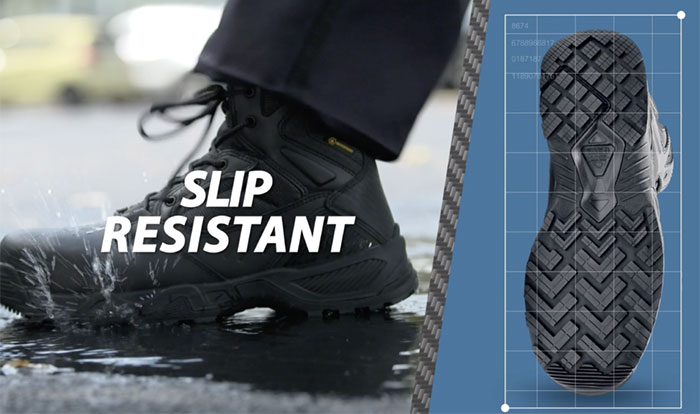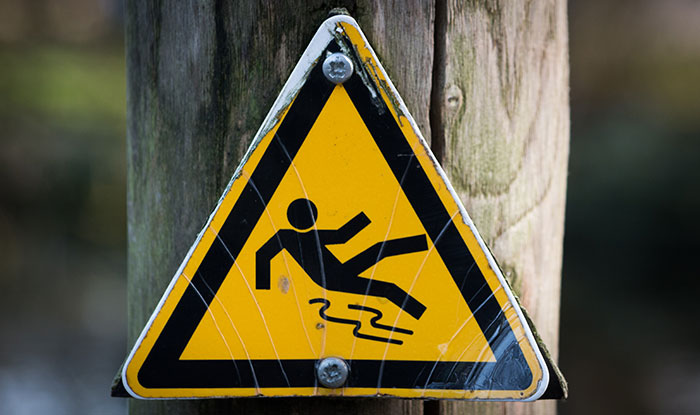Celebrate National Safety Month with These Activities
Celebrating National Safety Month in June the provides the perfect opportunity to evaluate workplace safety practices. Each year, millions of workers in the United States face avoidable workplace risks because of a lack of well-planned and documented safety practices. Without a formal protocol, the likelihood that a serious accident will occur increases. Read on to learn more about these risks and helpful tips on how to protect your employees.
Be Proactive with Early Diagnosis of Ergonomic Injuries
Commonly known as musculoskeletal disorders (MSDs), ergonomic injuries affect one quarter of the global population. While some of the more commonly known issues like carpal tunnel come from repetitive movements, MSDs also result from exposure to awkward or static postures or forceful exertions.
Six MSDs that affect employees of all types include:
- Tendonitis
- Carpal Tunnel Syndrome
- Osteoarthritis
- Rheumatoid Arthritis (RA)
- Fibromyalgia
- bone fractures
The severity of MSDs can vary. In some cases, they can cause pain that interferes with everyday activities, even walking or typing. Investing in ergonomics is always a good idea to eliminate discomfort or risk of injury due to work. Consider a sit-to-stand desk, a footrest, an ergonomically designed keyboard, and so many other options. There’s an approximate reduction in lost workdays of 75% when a company chooses to invest in ergonomics for their employees: https://ergo-plus.com/workplace-ergonomics-benefits/
Handling Distress, Stress and Fatigue in the Workplace
In recent times, COVID-19 has brought about even more issues in the areas of mental distress, stress and fatigue in the workplace. Long periods of isolation have proven to not be healthy for employee’s emotional and mental health. Providing training for leadership and all employees on recognizing the signs of mental distress creates a culture of support and trust, while minimizing the negative possible effects. Other ways for leadership to be proactive include:
- Frequent communication to reassure employees that they can seek help and removing the “stigma” of mental health issues from the workplace
- Taking advantage of mobile and digital tools to access company resources for employees
- Frequent sharing of resources provided by local community programs
Check out NSC’s helpful guide, SAFER Safe Actions for Employee Returns, for links to national support and community resource hotlines.
Injury Prevention
Every 7 seconds a worker is injured on the job, according to the National Safety Council. They also estimate that over 4 million work-related injuries occur each year. What are the most common types of injuries? And what can be done to prevent these injuries??
1. Overexertion is the most common type of workplace injury, which is caused by repetitive movements and lifting/lowering heavy items.
Preventative actions: Take frequent, short breaks. Avoid bending, reaching and twisting when lifting an object.
2. Contact with objects/ equipment can cause being struck by equipment or being caught in or even crushed by equipment.
Preventative actions: Store heavy objects close to the floor. Be aware of moving objects in your workplace. Wear proper personal protective equipment.
3. Slips, trips and falls happen all too often in the workplace.
Preventative actions: Use good housekeeping skills and get rid of clutter, especially any clutter on the floor that could cause someone to trip. Place the base of ladders on solid, even surfaces. This National Safety Month wear protective shoes. Shoes For Crews® is the unparalleled leader in slip-resistant footwear, testing to a higher standard than the competition. Read more about this in the next section.
Avoiding Slips, Trips and Falls
Slips, trips and falls make up the majority of accidents across all industries, according to the Occupational Safety & Health Administration. They're responsible for 15% of all accidental deaths, making them second only to car crashes. So how can you make the workplace safer when it comes to slips, trips and falls? A few key preventative actions are outfitting the workplace with nonslip surfaces, wearing safety shoes and clearing clutter.
In most slips, the heel of a person's front foot slides forward as the person is transferring his or her weight, which results in a backward fall. The cause of slips can vary, from wet floors to greasy floors to highly polished surfaces. At Shoes For Crews, we conduct rigorous testing on all possible surfaces. Our proprietary outsole is what sets our shoes apart when it comes to safety.
Trips happen when a person’s foot hits an object, causing loss of balance. In most cases, the person falls forward. Clutter, electrical cords, boxes and even a ¼ inch rise on a walking surface can cause a trip to happen. Clearing clutter and repairing uneven floor surfaces are a couple of preventative actions you can take to stop trips before they happen.
Falls happen when a person’s center of balance tips too far in one direction. There are same-level falls and lower-level falls (like falling from a ladder). To prevent falls, make sure that changes in elevation are well-marked. Stairs should always be well-lit, and ladders should always have railings with toe boards. Some safety work boots have a feature called Ladder Grab (made by Shoes For Crews), which include notches added to the outsole engineered to grip on ladder steps.
For more safety tips and articles, visit the National Safety Council site: https://www.nsc.org/. To learn more about Shoes For Crews’ corporate programs, visit our website: https://www.shoesforcrews.com/safety-solution
Employees and Your Bottom line.
Don't Forget To Share This Post!

The Key to Slip-Resistant Safety Shoes
Not all slip-resistant shoes for workers are equal. Find out how genuine slip-resistant footwear carries a high Coefficient of Friction (COF) score.

Workplace Safety 101: Preventing Slips, Trips and Falls
Preventing slips, trips, and falls is Workplace Safety 101 and of the utmost importance. SFC Safety explains how everyone can ensure a safe work environment.

How to Create an Accident Incident Rate Benchmark
How does your company stack up to the national injury incident rate averages? Learn how to calculate accident ratios to benchmark new safety guidelines.